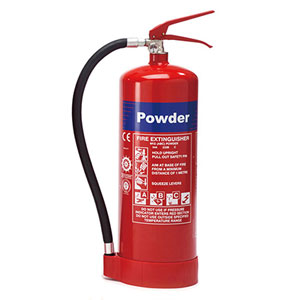
Powder Fire Extinguisher
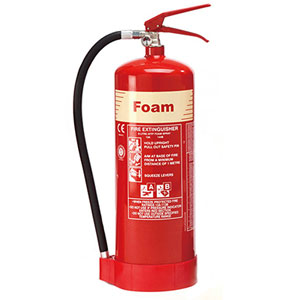
Foam Fire Extinguisher
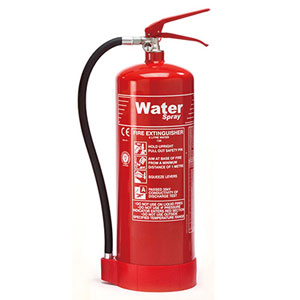
Water Fire Extinguisher
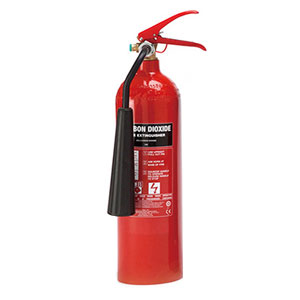
CO2 Fire Extinguisher
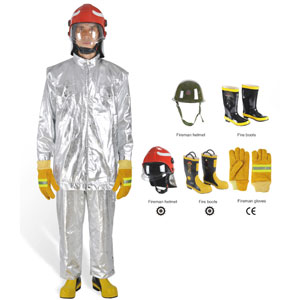
Fireman Protective Suit
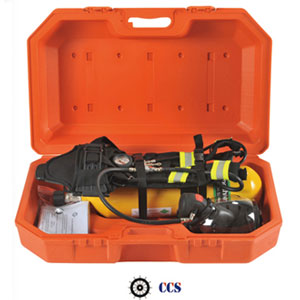
Positive Pressure Air Breathing Apparatus
Marine Fire Fighting Equipment – The Ultimate FAQ Guide
No doubt Fire has been the one of the major causes of ship accidents. It is because of high temperature, flammable oil and other combustible material.
So, to avoid these accidents, it is made compulsory for every ship that sails in water especially for international voyage, to have Fire Safety System Code and Appliances.
Those Fire Safety System Code and Equipments should be approved by the concerned authority.
Welcome to the FAQ’s page for Marine Fire Fighter Equipment. This article will answer all of your questions, queries, and inquiries about Marine Fire Fighter Equipment.
In Today’s feature, you will be able to learn all about Infant Life Jacket, all of its kinds, the material it is made up of, its advantages, its feature, and everything else you might want to know about them.
So, let’s get into it!
1. What are the types of Marine Fire Fighting Equipment?
There are different types of Marine Fire Fighting Equipments that are used to put away fire on ships.
Ships, these days, are coming with already fitted with various types of fire retardants and fire fighting equipments.
Following are the Marine Fire Fighting Equipments which are used onboard ships:
Fire Retardant Bulkhead, Fire Doors, Fire Dampers, Fire Pumps, Fire Main Piping and Valves, Fire Hose and Nozzles, Fire Hydrants, Portable Fire Extinguishers, Fixed Fire Extinguishing System, Inert Gas System, Fire Detectors and Alarms.
All of the above mentioned equipments are must haves. Other than these, there are few types of equipment that apparently may not look quite useful, but they have their use.
Remote Shut and Stop System, EEBD, Fire Fighter’s Outfit, International Shore Connection (ISC), Means of Escape are also included in essentials.
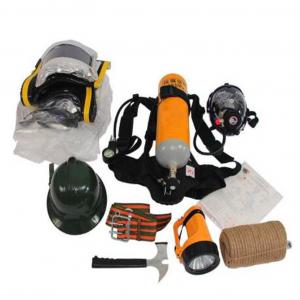
Figure 1: Marine Fire Fighting Equipment
2. What is a Marine Fire Fighting appliance?
Marine Fire Fighting Equipment or Appliance is a device or tool that is used to overcome an emergency fire situation onboard.
These appliances are not any random fire fighting devices. These are specifically designed, and are approved by certified authority for their use.
Each device from Marine Fire Fighting Equipment has its own function, for which it is made up.
It is made compulsory for ships according to international rules and regulations to carry the most basic Marine Fire Fighting Equipment.
Fire Extinguishers, Smoke Detector, Fire Blanket, Fire Sprinkler System, and Carbon Monoxide Detector are one of the basic Marine Fire Fighting Equipments.
3. What are the three techniques to extinguish fire using Marine Fire Fighting Equipment?
Fire ignition always depends upon the fuel that makes the fire burn. And the location of fire itself is a factor leading to fire ignition.
There are various recognized techniques to handle a fire. Few of them are discussed below:
In Fog Attack, a hose uses fog setting to overcome fire situation. It is ideal for fires in closed apartments where there is no wind.
Indirect Attack, the procedure starts by aiming at the ceiling, then water drops down and the fire is extinguished by above.
Direct Attack is the most widely known technique. The water suffocates the flame when aimed at the base of it.
The Combination Attack involves both direct and indirect attack. This technique combats the overhead gas as well as flames, simultaneously.
The ‘Two Lines in’ Method involves use of two hoses and two teams. A fog nozzle is combined and a solid stream of water is sprayed.
All the above mentioned techniques work well for closed apartments with less air. But when you have to extinguish fire in high winds, Two Lines in Method is used.
Mostly, the Two Lines In method works effectively for ship fires.
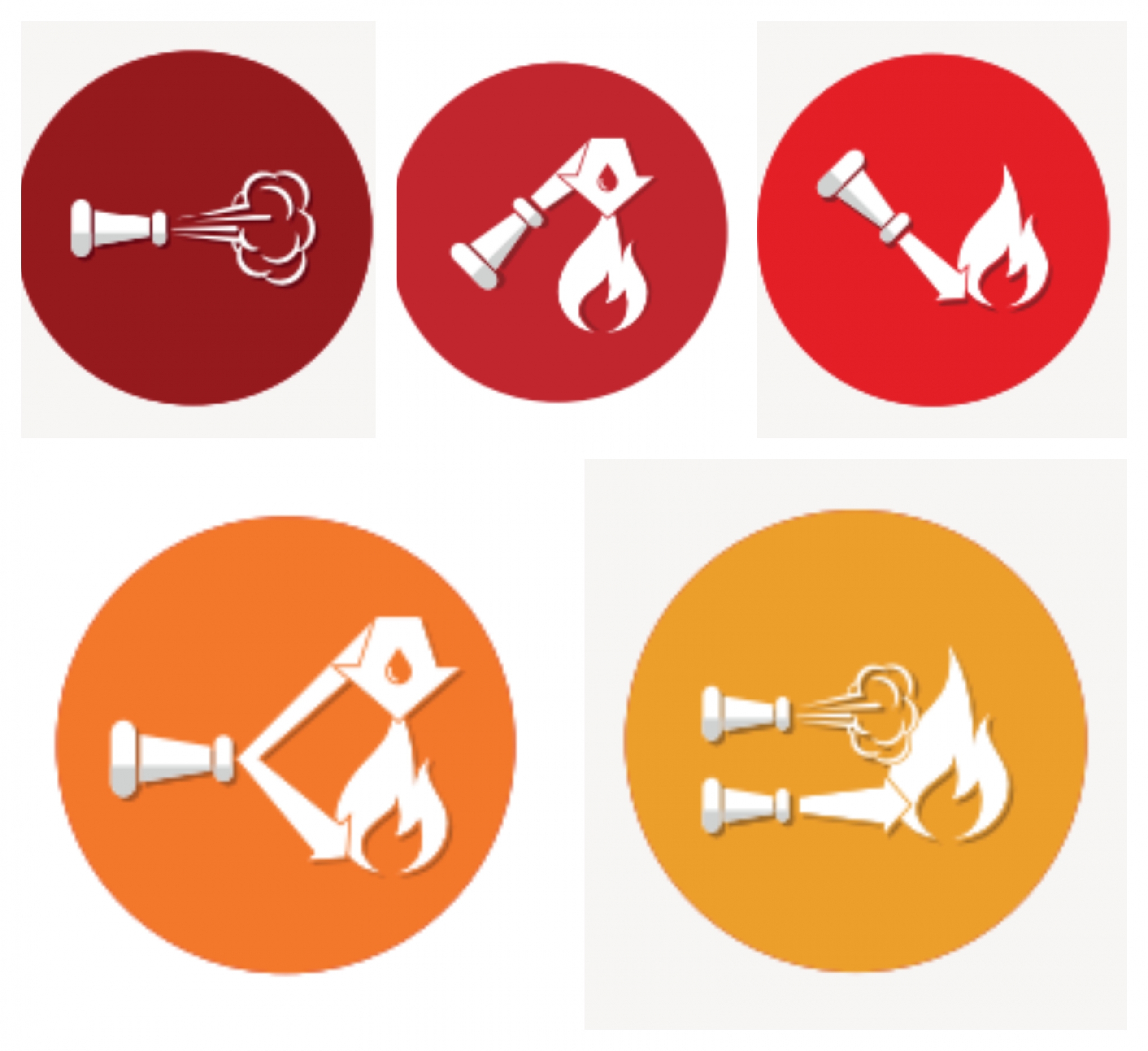
Figure 2: Signs for Fire Extinguishing Techniques
4. How to use Fire Extinguishers in Marine Fire Fighting Equipment on a ship?
Fire extinguishers should always be used by a person who is trained for its use.
But first of all, if there is a fire situation, fire alarms should be alarmed and everyone should be safely evacuated.
There are four main steps of using a fire extinguisher:
- Pull the pin and break the tamper seal
- Aim low at the base of the fire and do not touch the horn on CO₂ extinguisher.
It is very cold and can hurt your skin. - Squeeze the handle, and extinguishing agent will be released.
Sweep from side to side at the base of fire and the fuel source.
Always handle fire extinguishers carefully and keep them out of children’s range.
5. How many types of Marine Fire Fighting systems are there?
There are not many varieties of Marine Fire Fighting System. All of them have same basic Fire Fighting Devices and appliances.
These Marine Fire Fighting Systems are also called as Offshore Equipments as well.
These are only responsible for making sure the safety and detecting any kind of emergency situation.
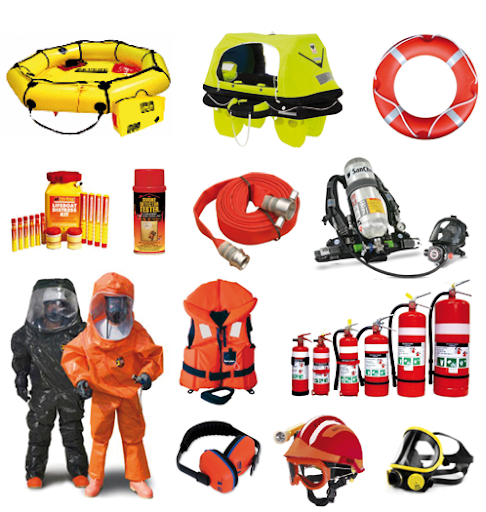
Figure 3: Offshore Safety Equipment
6. Which extinguisher in Marine Fire Fighting Equipment is most suitable for oil fires?
There are not many varieties of Marine Fire Fighting System. All of them have same basic Fire Fighting Devices and appliances.
These Marine Fire Fighting Systems are also called as Offshore Equipments as well.
These are only responsible for making sure the safety and detecting any kind of emergency situation.
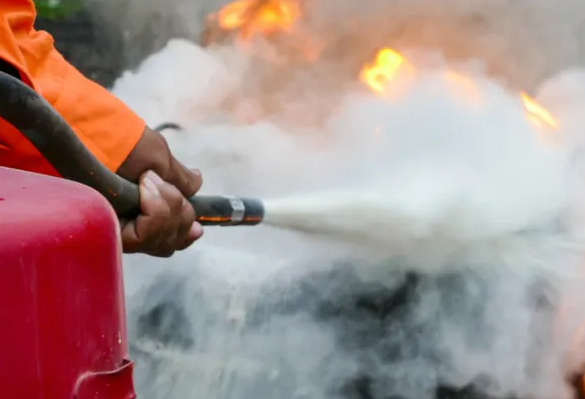
Figure 4: Foam Extinguisher
7. What are the three main methods that can be performed with Marine Fire Fighting Equipment?
There are three different approaches to put out fire. They are described as following:
Cooling: involves removal of heat. It is one of the effective methods. Water is the popular extinguishing material for this method.
The water will absorb heat, and fire will be extinguished gradually.
Starving: involves hindering of fuel source to reach blaze. This process is about cutting off supply to immediately extinguish the fire.
Smothering: involves the removal of oxygen. It is done by using a fire blanket.
This technique is mostly used for solid fuel fires and reduces the oxygen below to 16% required to react.
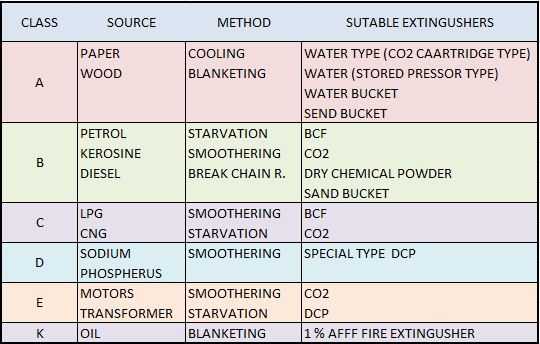
Figure 5: Types of Fire and Ways to put them out
8. What is fire control plan in Marine Fire Fighting Equipment?
Fire Control Plan is one of the important parts of Marine Fighting Equipment.
It provides us information about the fire station on deck, various bulkheads and spaces.
It also explains the type of fire detection system, and marine fire fighting system onboard.
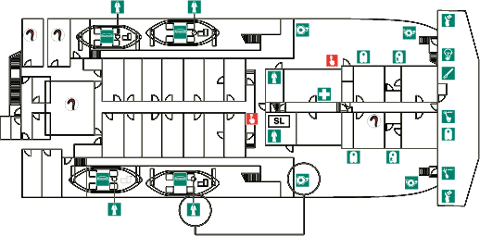
Figure 6: Fire Control Plan on a Ship
9. How can we fight fire more effectively with Marine Fire Fighting Equipment?
Fire situation occurs when four elements combine i.e. heat, fuel, oxygen and chemical. It is necessary that all of these are present and combine at the right rate.
However, fire can be extinguished by removing one of these elements.
All you need to do is understand the class of fire and adopt the extinguishing method according to it.
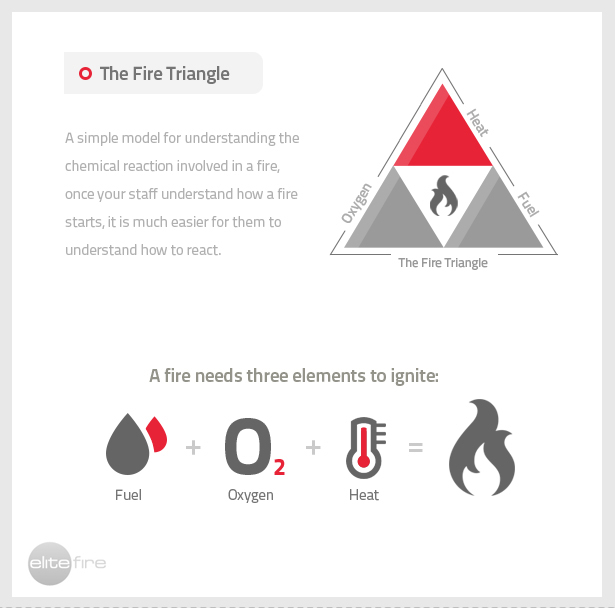
Figure 7: Elements to start a fire
10. What are the six main types of fire extinguishers in marine fire fighting equipment?
There are six main types of fire extinguishers in Marine Fire Fighting Equipment. They are briefly explained below:
ABC Powder Fire Extinguisher is a multi-purpose extinguisher and is commonly found everywhere.
It sprays very fine chemical powder composed of mono-ammonium phosphate. It acts as blanket and suffocates fire.
Carbon Dioxide Fire Extinguisher is a cleanest type of extinguisher. It leaves no residue, which means you don’t have to clean up.
It removes oxygen from fire, thus suffocating it of oxygen.
Wet Chemical Fire Extinguisher is specifically used class K fires involving cooking media.
This extinguisher has potassium solution that effectively launches two-pronged assaults on fire
First, a liquid mist is sprayed to cool down fire. Then, the potassium solution forms a thick soap like layer on the liquid to prevent re-ignition.
Water Mist Fire Extinguishers is the most versatile among all fire extinguishers and uses new technology.
It releases microscopic water molecules to fight fire at different levels. When it sprays water in microscopic fog-like form, the level of oxygen is dropped and fire is suffocated.
Foam Fire Extinguisher sprays a type of foam that expands when combines with air and forms a blanket for fire.
It has a cooling effect as this foam is mixed with water.
These extinguishers are best for Class A and Class B fires.
Clean Agent Extinguisher is a type of gaseous fire suppression. It comes in liquid form, but when sprayed in air, it becomes gaseous form.
It is non-conductive and can be used in human presence. It leaves no residue.
Apart from it, Clean Agent Extinguisher has short atmospheric lifetime, making it eco-friendly.
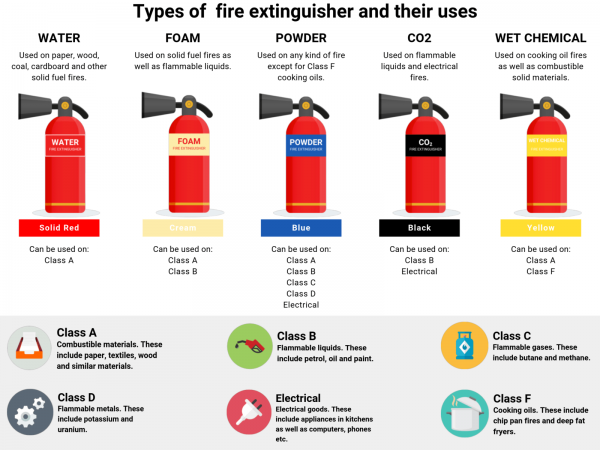
Figure 8: Types of Fire Extinguishers
11. What are major marine fire fighting equipments?
There are many devices/appliances included in Marine Fire Fighting Equipments that are needed to handle and control fire situation.
Few very important among them are as follows:
Fire Extinguishers, Smoke Detectors, Fire Extinguisher Cylinders, Fire Sprinklers, Fire Suit, Fire Retardant Coverall, Fire Beater, Fire Hydrant, and Foam Monitors.
12. What is the importance of Marine Fire Fighting Equipment?
Fire safety is a top priority in the workplace and in the home.
Every year more people die because of Fire. Fire safety can be easily ensured by having effective fire fighting services and proper fire protection.
The Importance of Fire fighting Service is the most important factor in ensuring High Fire Protection.
Fire fighting equipment also ensures the safety of Fire Fighters who risk their lives to save others.
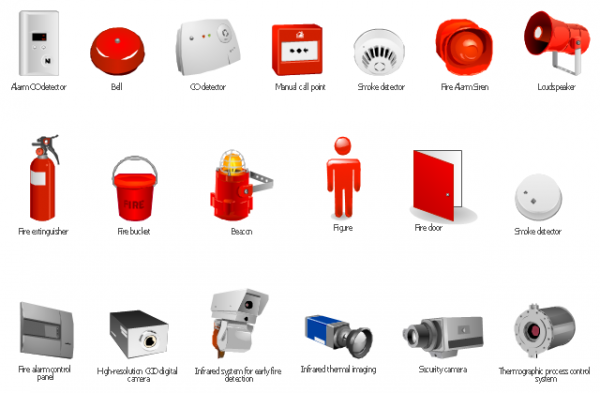
Figure 9: Marine Fire Fighting Equipment
13. How Marine Fire Fighting Equipment is used to put out fire?
There are many types of equipment in Marine Fire Fighting System. And each device has its own specific way of use.
It is important that each one of them is kept and maintained properly, so that at the time of use they can be useful.
If not taken care properly, they can result in malfunctioning at the time of emergency.
These equipments help in bringing fire situation on ship under control. It is very important that every ship have fully functioning and upgraded fire detection and alarm systems already installed in ships.
14. What are requirements for Marine Fire Fighting Systems?
Following are the requirements for Marine Fire Fighting Equipments according to SOLAS:
- Smoke detectors should be installed in all cabinets and work area.
- The minimum amount of CO2 powder should be 5kg and should not be placed near residential areas.
Minimum foam capacity should be 9 litres. - The maximum weight of a portable fire extinguisher should not exceed 23 kg and must be capable of handling 9 litres of water extinguisher.
Fire fighting measures should be taken in areas that contain flammable liquids. - Vessels should have escape routes and enclosed areas that prevent the entry of smoke in the event of a fire.
Arrangements for a stair tower and many stairs connecting multiple tables should be in place. - A fire extinguisher intended for use in space should be placed near the space door.
- When coatings such as foam are used, exposed areas of foam should be covered with a non-flammable cloth.
- The stems and pipes of the ventilation system must be made of non-removable material.
- Fire fighting equipment and systems installed on the ship must be known and accessible to the crew and other people on board.
Equipment must be approved in advance to meet the requirements of the code set. - All pressure containers for the entire fire fighting system must be marked to meet the requirements of the code.
- The vessel must be fitted with two or more fire-driven fire pumps with pressure gauges. In addition, fire pipes should be connected to fire hydrants at all times.
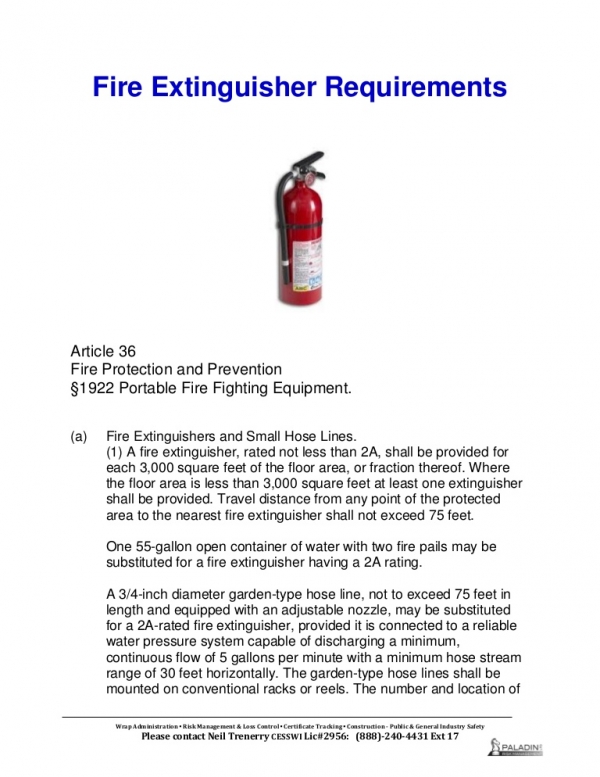
Figure 10: Fire Extinguisher Requirements by SOLAS
15. How to service and maintain Marine Fire Fighting Equipments?
All fire fighting equipment and systems are required to operate immediately, in the event of an emergency.
To ensure this, it is important that resources and fire fighting systems are provided on a regular basis. Some of the similar steps are as follows:
- Make Resources Available for Use
All fire fighting equipment and systems must be in good condition and available for immediate use in the event of a fire.
- Have an inspection and Maintenance Program
The vessel must have a maintenance plan in place for the maintenance and testing of fire fighting equipment.
These inspections should be performed by qualified personnel who follow the relevant guidelines and the record should be available internally.
- Occasional Testing
Tests should be performed as required weekly, monthly, quarterly, annually, for two years, for five years and for ten years, depending on the equipment and use of the system.
16. Why it is important to maintain Marine Fire Fighting Equipment?
Inspection and maintenance of fire-fighting equipment are essential to prevent the malfunction of these systems in the event of a fire.
Proper maintenance can help to protect the crew and passengers and the ship’s equipment by minimizing the damage caused by the fire.
17. Is Marine Fire Fighting Equipment worth having?
Yes, Marine Fire Fighting Equipments are must haves on every ship, especially when it is making an international voyage.
It keeps you prepared for any upcoming emergency situation.
18. Do you need special training to use Marine Fire Fighting Equipment?
Yes, you may need a special training to use Marine Fire Fighting Equipment. It is not a random thing that any regular person can use.
A fire in a ship can be like a fire that burns on the earth.
However, fire fighters can have the misconception that fire is a fire, wherever it is. Experienced fire fighters understand that you never stop meeting new things and learning from them.
All fires are different in one way or another so Training in Fire Extinguisher is different
19. Do fire extinguishers in Marine Fire Fighting Equipments expire?
While the contents of a fire extinguisher are often ‘out of date’ privately, its efficiency is affected by a number of factors such as charge loss, injury, and corrosion.
Most fire extinguishers do not even have an expiration date printed on them. This makes it difficult to know when your boat’s fire extinguisher should be replaced.
So, the short answer is that fire extinguishers do expire. However, it is unlikely that you will find a date printed on the fireplace to follow.
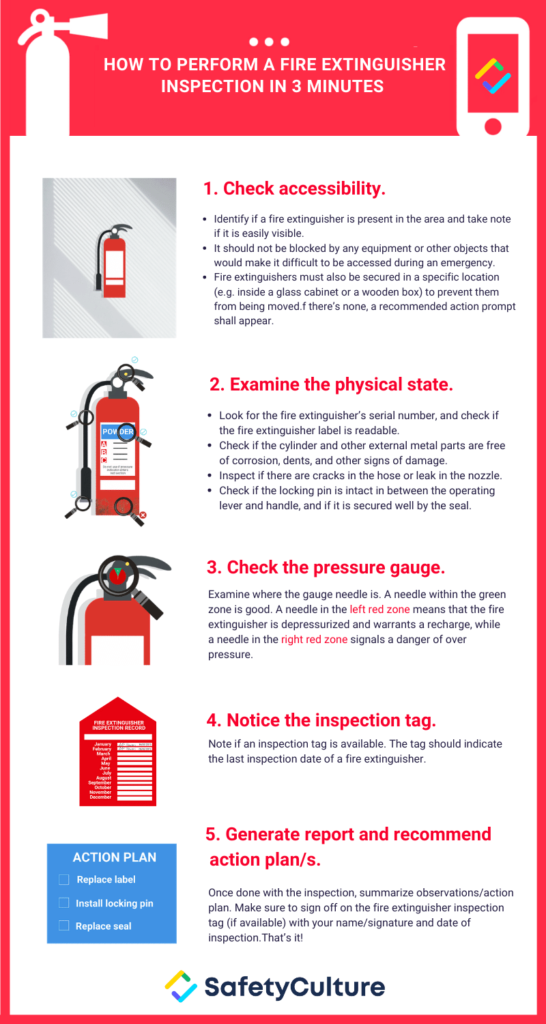
Figure 11: Inspection of Fire Extinguisher
20. How often you should replace Fire Extinguishers in Marine Fire Fighting Equipment?
Fire extinguishers do not last forever. Depending on the type of fire extinguisher, they should have a useful life span of 6 to 12 years.
However, the expiration date is not printed on most fire extinguishers, so it is difficult to know when to change it.
Fire extinguishers should be regularly inspected to ensure that they are in good condition and have a reasonable cost of compression.
If you follow these simple rules, your fire extinguisher should be ready to go if you have a fire in your boat.
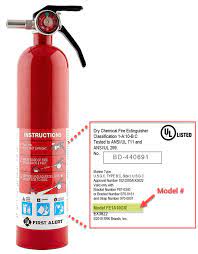
Figure 12: Information on Fire Extinguishers
21. What is EEBD?
EEBD (Emergency Escape Breathing Device) is used to escape from a burnt or smoke-filled room.
The location and locations of the repository must be in accordance with the requirements given in the FSS code.
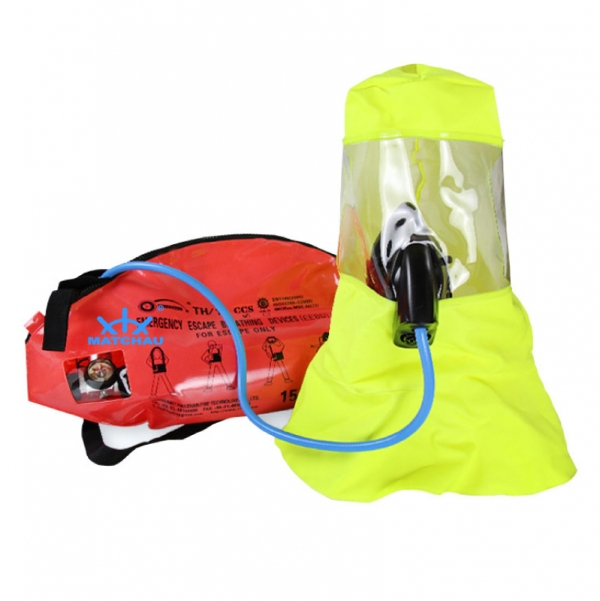
Figure 13: An Emergency Escape Breathing Device (EEBD)
22. What is Portable Foam Applicator in Marine Fire Fighting Equipments?
EEBD (Emergency Escape Breathing Device) is used to escape from a burnt or smoke-filled room.
The location and locations of the repository must be in accordance with the requirements given in the FSS code.
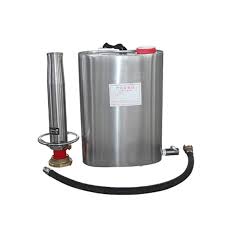
Figure 14: A Portable Foam Applicator
23. What to do if Fire Extinguisher fails monthly inspection?
You should add your boat fire extinguisher to your monthly safety check. In addition to reading the gauge, check the pipe, nozzle, handle, and lock pin to make sure everything is in order.
If not, service it or replace it immediately.
It is recommended that they technically use all fire extinguishers annually as a preventative measure.
You can use Google Local or Yellow Pages to find specialized fire safety companies that operate and repair fire extinguishers.
Don’t forget to save and add services to the fire fighter test sticker.
24. What should be the inspection checklist for Marine Fire Fighting Equipment?
- Give dry powder fire extinguishers to prevent content from being edited and affected.
- Check that the test sticker is still active. If not, consider a fire extinguisher that is out of date.
- Check for signs of aging, such as an open handle, a lost safety pin, or a broken pipe.
- Check the waste pipe and block.
- Measure the fire extinguisher – is it easily accessible, secure, and close to fire hazards?
- Is it time to test or maintain a professional service?
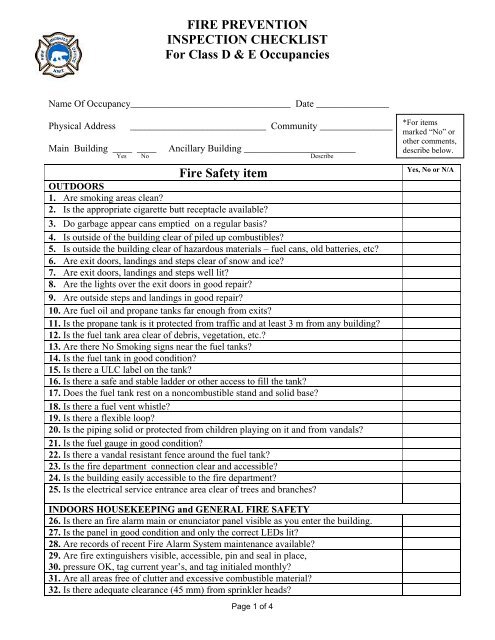
Figure 15: Inspection Checklist for Marine Fire Fighting Equipment
25. Who is responsible for handling Marine Fire Fighting Equipment?
In a working or non-domestic environment, the person in charge of fire safety is in charge of the facility.
While this applies primarily to tenants, it may also apply to the ship owner, crew member, or property owner, occupier, property owner, and anyone else in charge of the property, such as property manager, office manager, or property manager.
